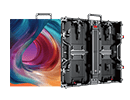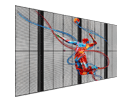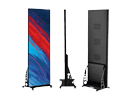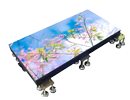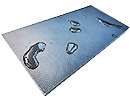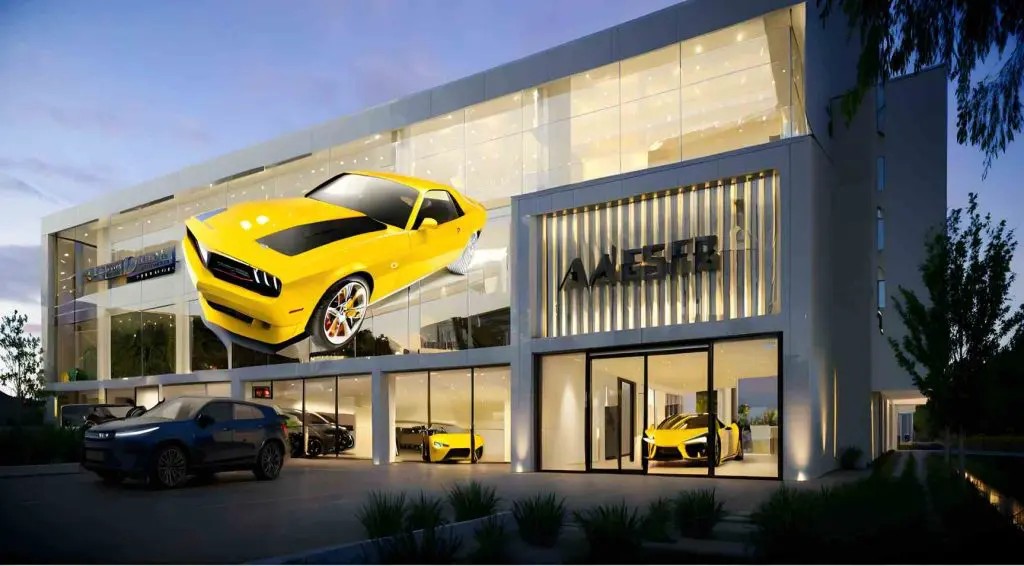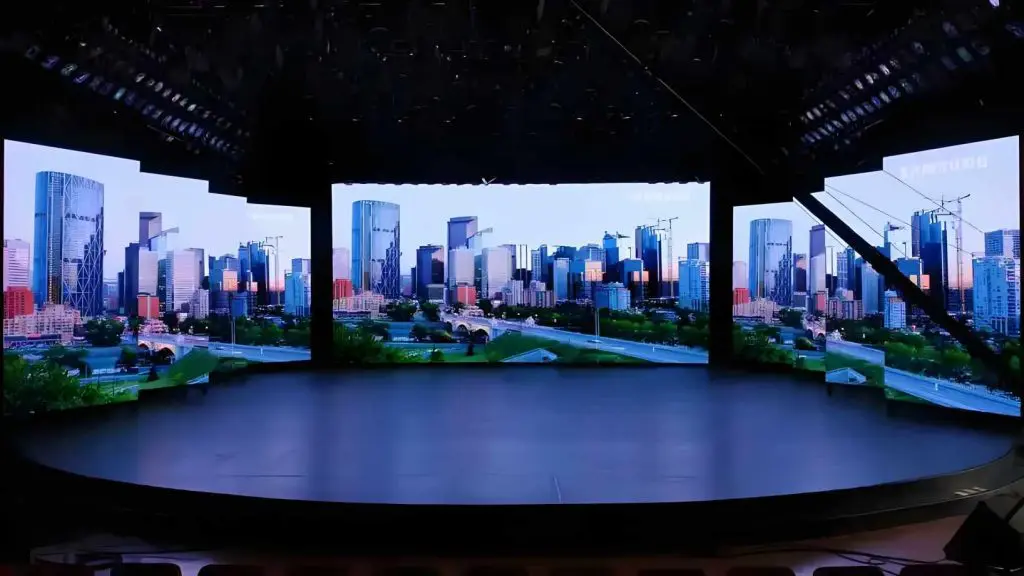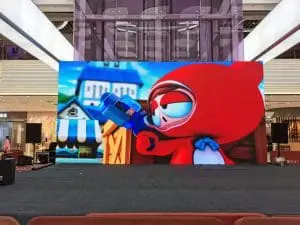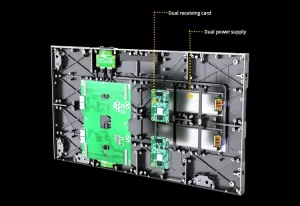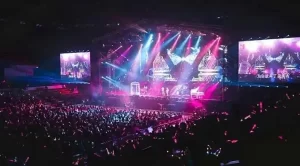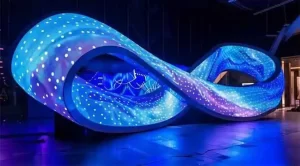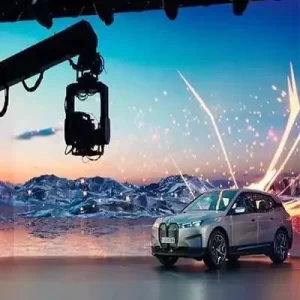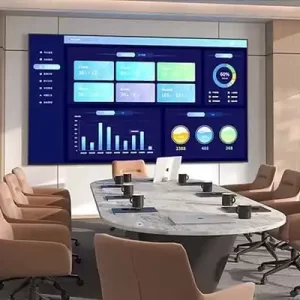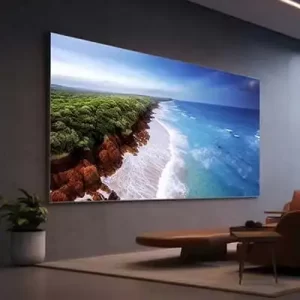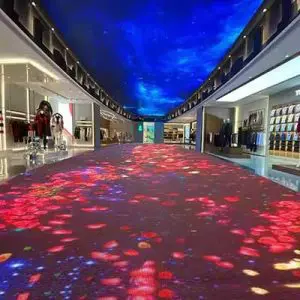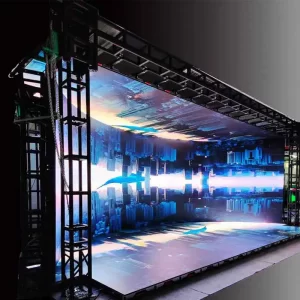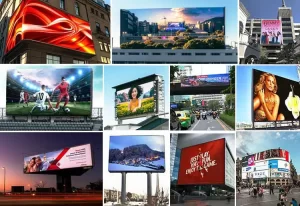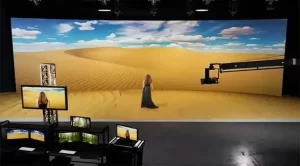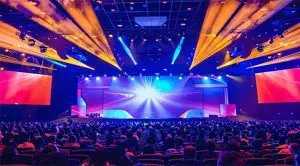The price of an LED display screen depends on factors like resolution (pixel pitch), size, indoor or outdoor use, and additional features like interactivity or custom shapes. Whether you’re looking for a small display for retail or a massive video wall for events, understanding pricing helps you plan your investment effectively.
This guide provides an overview of types, applications, pricing, and additional costs associated with LED display screens.
Factors Affecting LED Display Screen Prices
1. Pixel Pitch (Resolution)
- Pixel pitch refers to the distance between two adjacent pixels on the screen, measured in millimeters (e.g., P1.5, P3).
- Smaller pixel pitch = higher resolution = higher cost.
- P1.2–P3: High resolution for close viewing (indoor displays like boardrooms or retail).
- P4–P6: Medium resolution for moderate distances (e.g., auditoriums, outdoor advertising).
- P7 and above: Lower resolution for far viewing (e.g., billboards and stadiums).
2. Screen Size
- Larger screens require more LED panels, increasing the price.
- Common sizes:
- 2m x 2m (Small): Used for lobbies or retail displays.
- 5m x 3m (Medium): Suitable for stages or auditoriums.
- 10m x 5m (Large): Ideal for concerts, stadiums, or outdoor billboards.
3. Indoor vs. Outdoor
- Indoor Screens: Lower brightness (800–1,500 nits), lightweight, and less expensive.
- Outdoor Screens: Higher brightness (5,000–10,000 nits), weatherproof (IP65+), and more durable, increasing the cost.
4. Type of LED Display
- Fixed Displays: Permanent installations like digital signage or storefronts.
- Rental Displays: Lightweight, modular, and portable for temporary events (e.g., concerts, trade shows).
- Transparent Displays: High-end screens for shopfronts or creative installations.
- Curved/Flexible Displays: Customizable for unique shapes and designs, often at a premium price.
5. Brightness
- Screens with higher brightness levels (important for outdoor displays) cost more.
6. Additional Features
- Interactivity: Touchscreens or interactive boards add to the cost.
- Control Systems: Advanced processors for real-time content updates or synchronization increase the price.
- Customization: Unique shapes, curved designs, or branding can raise costs significantly.
LED Display Screen Price Ranges
Below is a general breakdown based on screen type, pixel pitch, and application:
| Screen Type | Pixel Pitch | Screen Size | Price Range (USD) | Best For |
|---|---|---|---|---|
| Small Indoor Display | P1.5–P3 | 2m x 2m | $12,000–$24,000 | Retail stores, lobbies, classrooms. |
| Medium Indoor Display | P1.5–P2 | 5m x 3m | $50,000–$90,000 | Auditoriums, trade shows, events. |
| Large Indoor LED Wall | P1.2–P1.8 | 10m x 5m | $150,000–$300,000 | Concerts, control rooms, exhibitions. |
| Outdoor LED Screen | P3–P6 | 5m x 3m | $50,000–$100,000 | Billboards, stadiums, outdoor ads. |
| Transparent LED Display | P3–P7 | 3m x 2m | $27,000–$48,000 | Shopfronts, exhibitions, creative setups. |
| Curved/Flexible Display | P2–P5 | 6m x 4m | $120,000–$200,000 | Architectural or artistic designs. |
| Rental LED Screen | P3–P6 | 6m x 4m (1-day) | $5,000–$10,000 (rental) | Temporary events like concerts or trade shows. |
Additional Costs to Consider
When purchasing or renting an LED display screen, consider these additional expenses:
1. Installation
- Indoor Screens: $500–$1,500 for simple setups.
- Outdoor Screens: $1,500–$5,000+ for weatherproof installations with mounting frames.
2. Content Management System (CMS)
- Software for controlling and updating screen content in real-time costs $500–$2,000, depending on features.
3. Maintenance
- Annual maintenance costs are typically 5–10% of the screen’s purchase price.
- Includes cleaning, repairs, and software updates.
4. Power Consumption
- Power usage depends on screen size and brightness:
- Indoor Screens: ~200–400 watts/m².
- Outdoor Screens: ~500–800 watts/m².
5. Shipping
- Shipping costs vary depending on the size and weight of the screen and the distance to your location.
Popular Applications of LED Display Screens
1. Retail and Advertising
- Indoor Displays: Showcase promotions, products, and branding in malls or stores.
- Outdoor Billboards: Attract attention with large, dynamic advertisements.
2. Events and Concerts
- Use LED screens as backdrops for stages, displaying live feeds, animations, or branding.
3. Corporate Spaces
- Conference Rooms: Replace projectors with sleek LED screens for presentations and video calls.
- Lobbies: Enhance branding with digital signage.
4. Schools and Universities
- Auditoriums: Use for events, presentations, or live-streaming graduation ceremonies.
- Classrooms: Interactive LED boards improve teaching with dynamic visuals.
5. Stadiums and Sports Arenas
- Display live game feeds, scores, and advertisements to large audiences.
Tips for Buying an LED Display Screen
- Choose the Right Resolution
- For close-viewing, select P1.2–P3. For larger distances, P4–P6 is sufficient.
- Set a Budget
- Include installation, CMS, and maintenance costs in your budget.
- Select the Right Type
- Fixed displays are ideal for permanent installations, while rental screens are better for temporary events.
- Test Before Buying
- Request a demo to evaluate brightness, color accuracy, and clarity.
- Compare Suppliers
- Get quotes from multiple sources to find the best price and quality.
- Check Warranty and Support
- Look for a 2–3 year warranty and reliable after-sales service.
Where to Buy LED Display Screens
1. Direct Manufacturers
- Best For: Bulk orders and custom designs.
- Examples: Absen, Unilumin, ROE Visual, and other Chinese manufacturers.
2. Authorized Distributors
- Best For: Local support and high-quality products.
- Examples: Samsung, Reissopto,LG, and Barco.
3. Online Marketplaces
- Best For: Comparing multiple options and prices.
- Examples: Alibaba, Amazon, or eBay.
4. Rental Companies
- Best For: Temporary events.
- Offers screens for daily or weekly rental, with setup included.



